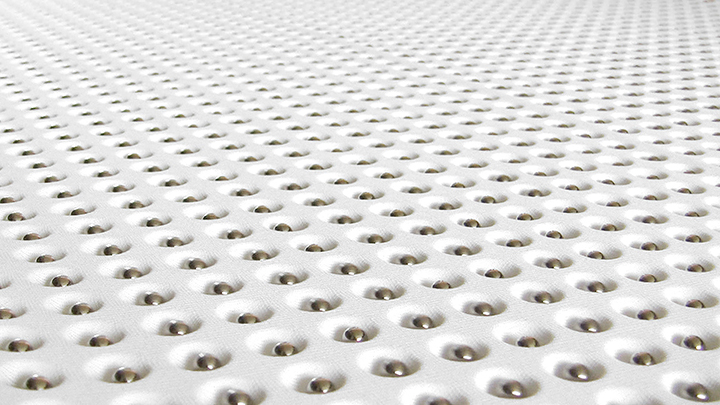|
|
Online Texts for Craig White's Literature Courses
|
|
|
Emily Dickinson Selected Poetry |
|
Questions: 1. Dickinson's poetry can seem to operate in a timeless realm, but how may it reflect its time-period of late Romanticism, bordering on early Realism?
2. What characteristics of Dickinson's style? Or, how can you tell this is a poem by Emily Dickinson?
3. Compare this poem's form as "free verse" or "formal verse" with poems by Poe and Whitman (and other poems by Dickinson). (Comparative Study of Poe, Whitman, Dickinson)
![]()
I cannot live with You—
It would be Life—
And Life is over there—
Behind the Shelf 4
The Sexton keeps the Key to—
Putting up
Our Life—His Porcelain—
Like a Cup— 8
Discarded of the Housewife—
Quaint—or Broke—
A newer Sevres pleases— [Sevres = brand of porcelain; cf. line 7]
Old Ones crack— 12
I could not die—with You—
For One must wait
To shut the Other's Gaze down—
You—could not— 16
And I—Could I stand by
And see You—freeze—
Without my Right of Frost—
Death's privilege? 20
Nor could I rise—with You—
Because Your Face
Would put out Jesus'—
That New Grace 24
Glow plain—and foreign
On my homesick Eye—
Except that You than He
Shone closer by— 28
They'd judge Us—How—
For You—served Heaven—You know,
Or sought to—
I could not— 32
Because You saturated Sight—
And I had no more Eyes
For sordid excellence
As Paradise 36
And were You lost, I would be—
Though My Name
Rang loudest
On the Heavenly fame— 40
And were You—saved—
And I—condemned to be
Where You were not—
That self—were Hell to Me— 44
So We must meet apart—
You there—I—here—
With just the Door ajar
That Oceans are—and Prayer—
And that White Sustenance—
Despair— 50



